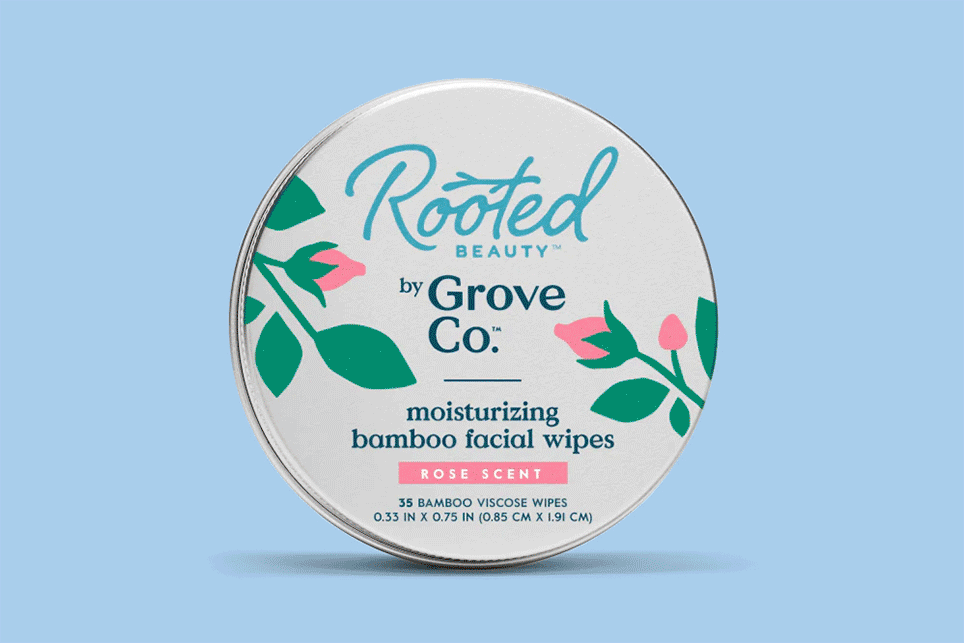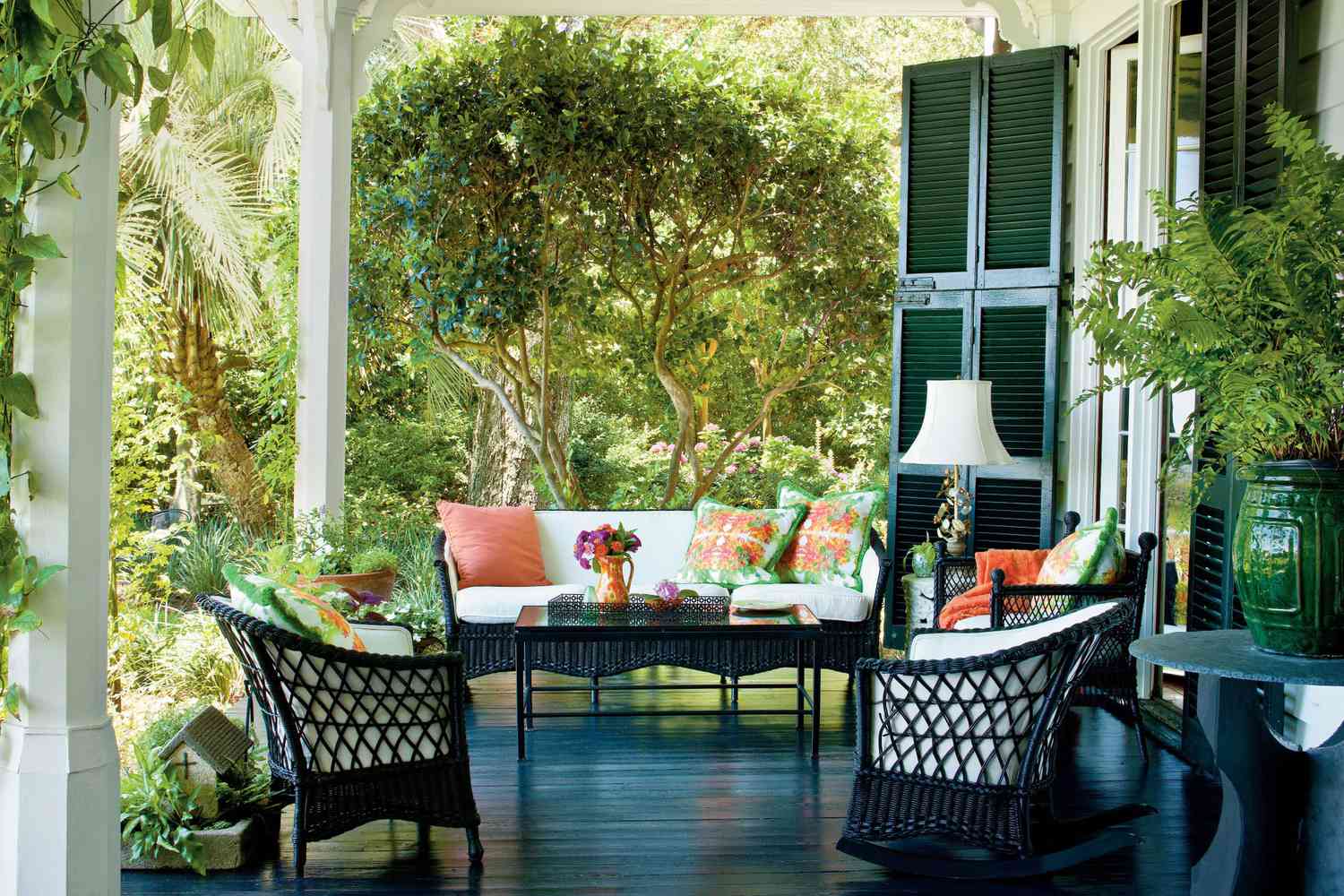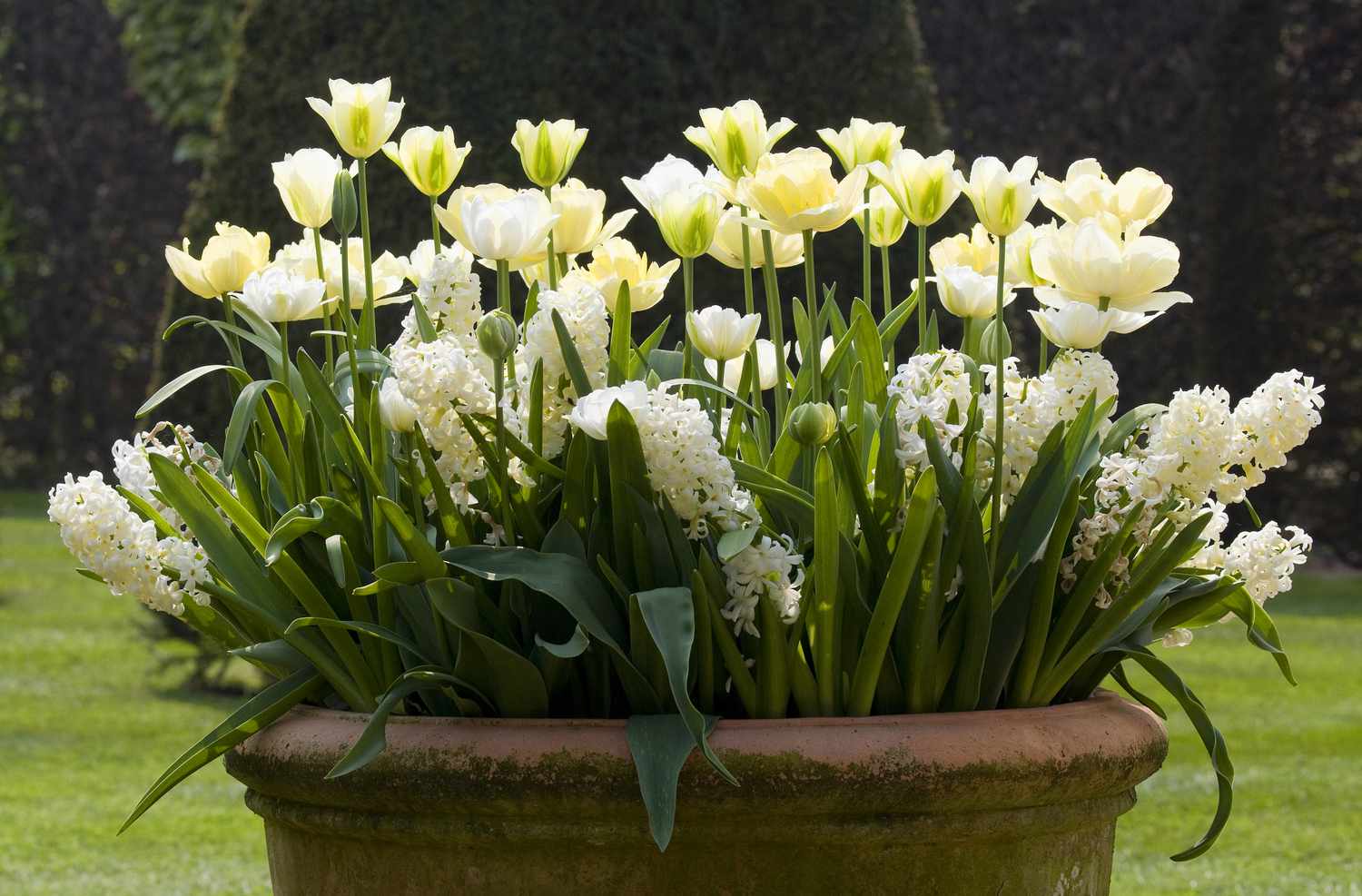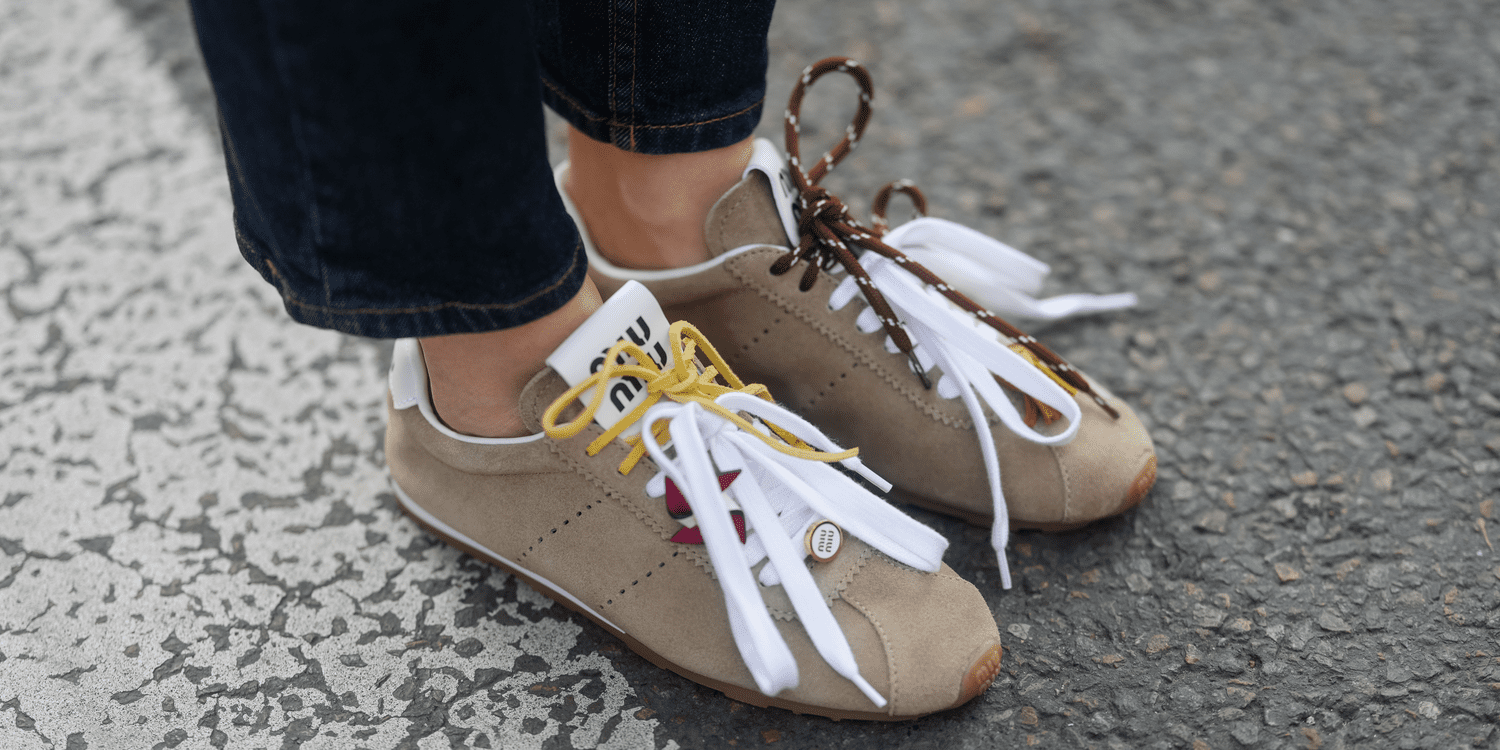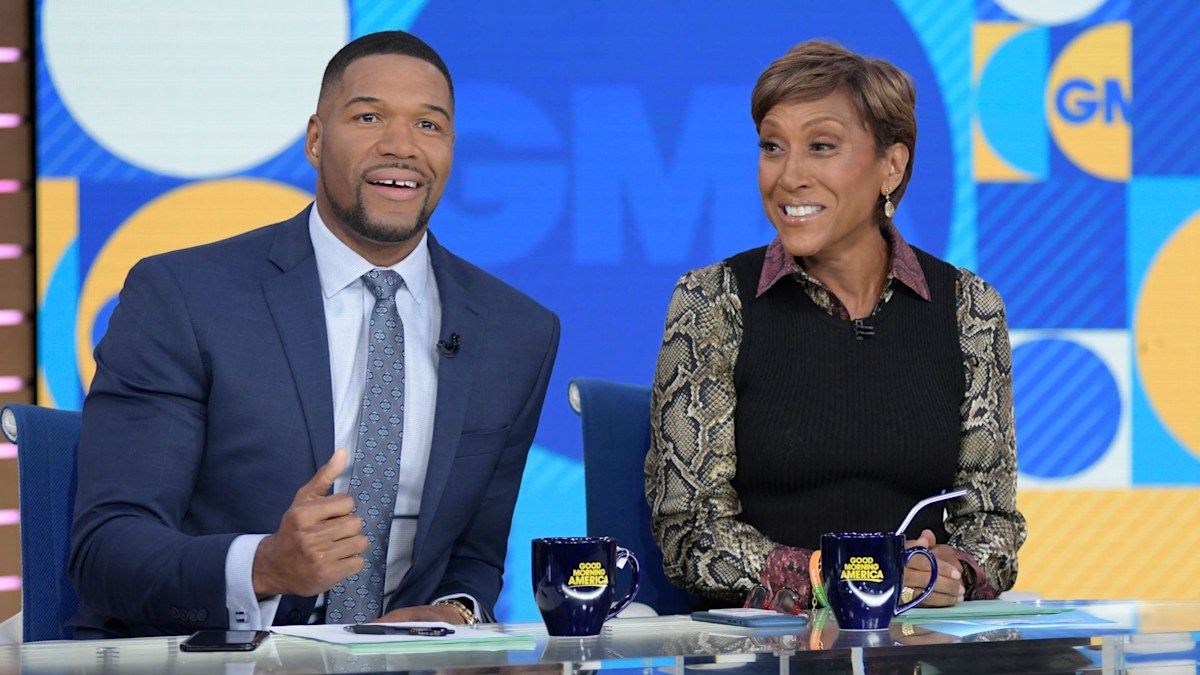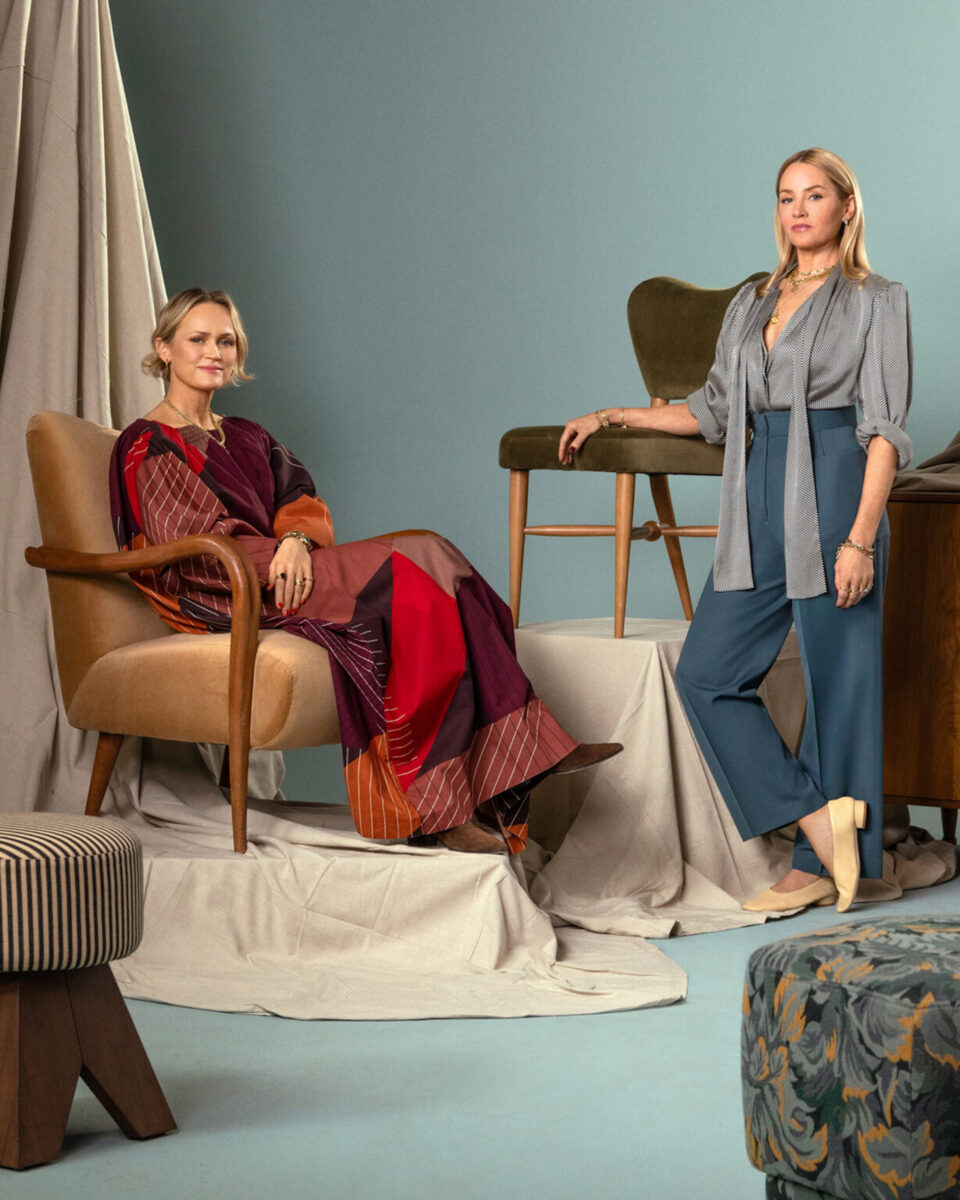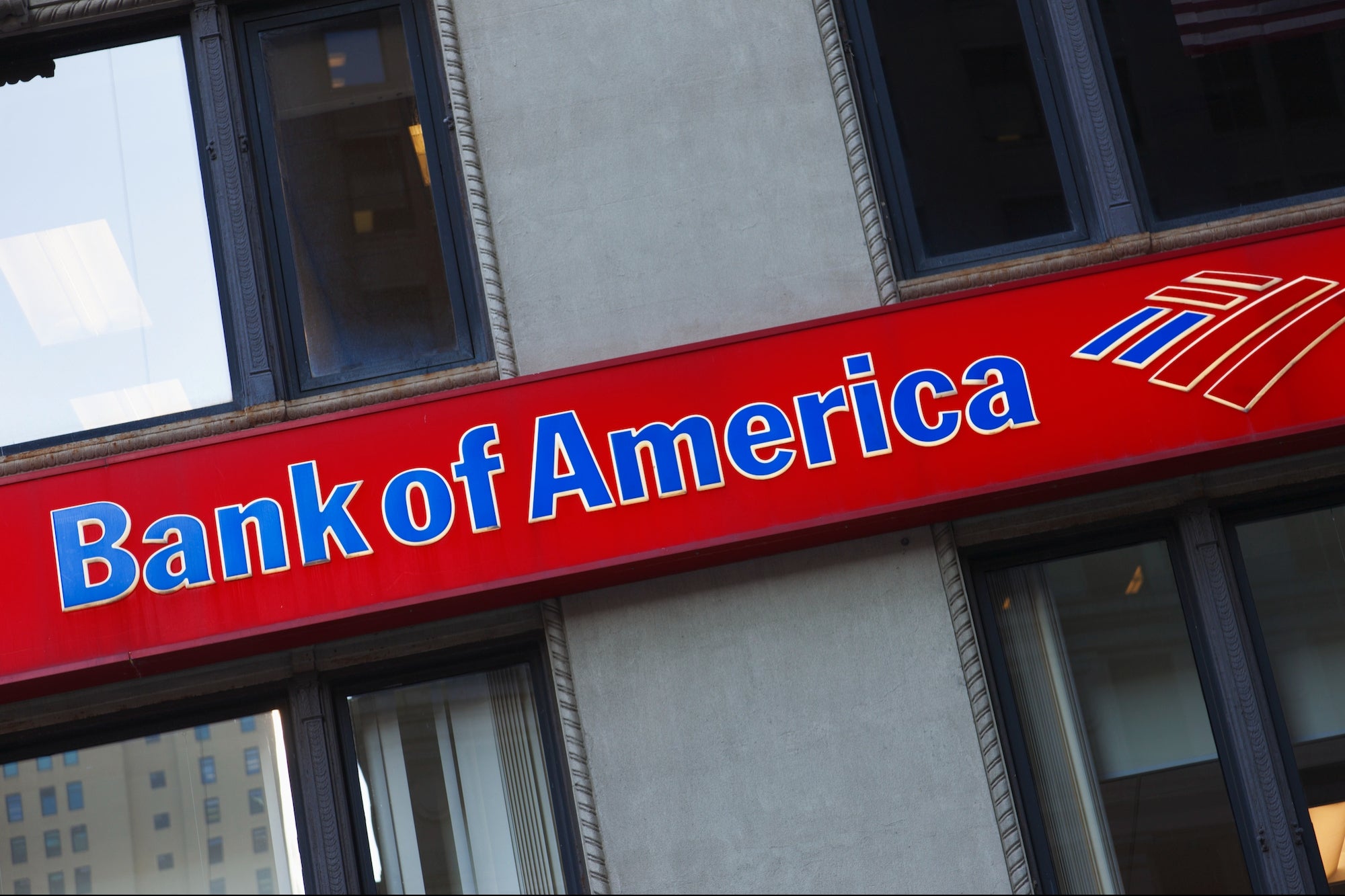
How To Attract More Birds To Your Birdhouse
Key Takeaways
- Understanding local bird species’ nesting habits improves your chances of attracting them to your birdhouse.
- Choosing the right birdhouse design and placing it in an optimal location are key to attracting specific birds.
- Creating a bird-friendly environment with native plants, water sources, and bird feeders encourages birds to settle in your yard.
One of my goals for the year was to attract eastern bluebirds to my backyard. They were frequent visitors a few years ago and then made themselves scarce. I saw them teasing me from the neighbor’s yard last year and wanted to lure them back. So, I added a carefully selected bluebird box to my Christmas list, and my kids generously complied.
I read every article on attracting bluebirds, mounted the box in early January at the perfect height and location, and kept my binoculars handy. The bluebird pair arrived and settled in a tiny, ceramic, ornamental birdhouse hanging next to my backdoor. I’m thrilled, but clearly, they did not read the academic materials. The moral of the story? Do your best, but the birds are going to do their own thing.
If you enjoy watching and studying the nature of birds at your birdfeeder, adding the right birdhouses or nesting boxes to your yard will give you even more opportunities to observe avian behavior. Learn more about selecting the right type and location for a birdhouse for your yard.
Understanding Bird Species and Their Needs
You’ll have much more luck attracting birds to your birdhouse if you know the nesting habits and preferences of local bird species. In Southeastern states, house wrens and sparrows, eastern bluebirds, tree swallows, Carolina chickadees, tufted titmice, Carolina wrens, and white-breasted nuthatches use birdhouses.
It’s nothing personal, but cardinals, blue jays, robins, mockingbirds, catbirds, orioles, meadowlarks, goldfinches, buntings, and woodpeckers don’t use birdhouses. They don’t enjoy the confines of a birdhouse or prefer, like woodpeckers, to build their own.
Choosing the Right Birdhouse
Whether you build or purchase a birdhouse, it should be sturdy, with untreated wood as the inner surface. If you choose to paint the exterior, avoid dark colors that absorb too much heat in our warmer climate.
Look for a design with a hinged side or removable bottom so you can clean out the box at the end of the nesting season. A sloped roof with a 2 to 4-inch overhang will protect the birds from rain. Check for small drainage holes in the bottom to allow rain to escape and some small (1/2-inch) ventilation holes on each side near the top.
The species of birds you want to attract determines the size of the house and the opening hole. A barn owl needs a 10 x 18-inch floor with 18-inch high walls and a 6-inch entrance hole 4 inches up from the bottom. A Carolina chickadee needs a 4 x 8-inch floor with 8-inch high walls and a 1 1/8-inch entrance hole 6 inches from the bottom. Take the time to research bird nesting preferences before you build or buy.
Where To Place Your Birdhouse
Isn’t all real estate about location, location, location? Study your favorite bird’s preferences before mounting the birdhouse. Eastern bluebirds prefer to nest on the edge of open spaces, while chickadees like wooded areas. Most birds like a house mounted on a solid support such as a pole or tree rather than one hanging from a wire, allowing it to twist and swing in the wind. Choose a southeastern exposure for the opening to avoid the strongest winds.
Birds are very territorial so space birdhouses at least 25’ apart and at least 10 feet from a birdfeeder. For most species, a birdhouse should be at least five feet above the ground. Purple martins like an apartment complex of at least 10 rooms located 15–20 feet from the ground.
Protection from Predators
Raccoons, squirrels, opossums, snakes, and cats will raid nest boxes if they have an opportunity. Mount predator baffles and guards to the pole or tree during installation. An effective shield is a sheet-metal, cone-shaped device about eighteen inches long under the house to prevent a predator from jumping above it to gain a foothold.
If house sparrows seem to take over your birdhouse every year, reduce the size of the entrance hole. House sparrows prefer to be near humans, so place a birdhouse away from the house and avoid feeding smaller seeds like millet, cracked corn, and milo, which sparrows love.
Creating a Bird-Friendly Environment
One of the best ways to attract a renter for your birdhouse is to create a bird-friendly environment with plenty of native plants that attract insects for natural food sources. Fresh water for drinking and bathing is a plus. Bird feeders with an appealing menu are a bonus for birds as they move in and start a family.
Patience and Observation
It’s important to have birdhouses in the Southeast ready for occupancy by late January when birds begin looking for nesting sites. Empty last year’s leftover nesting material and wipe the house clean. Try to give the house hunters some space as they choose their nesting site. It can take a couple of weeks or nesting seasons for the birds to decide that your birdhouse is the right one for them.
Take heart and make bird-friendly upgrades to your yard. Soon the birds will move in so you can enjoy their antics.



